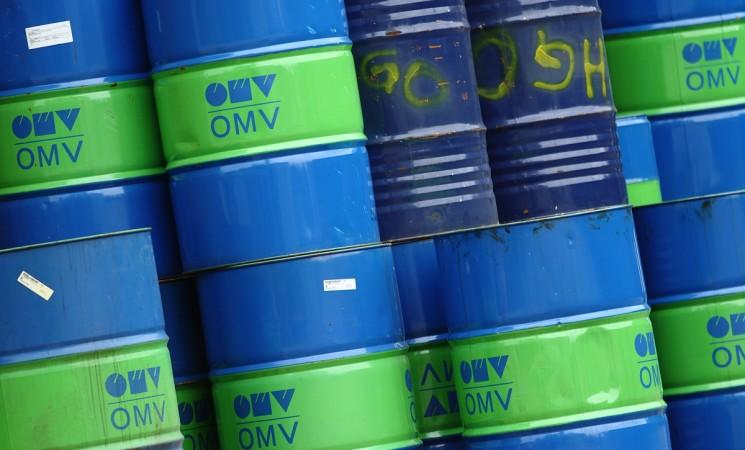![An employee fills a vehicle with petrol at a fuel station in New Delhi June 25, 2010 [Representational Image]. Petrol Diesel](https://data1.ibtimes.co.in/en/full/625197/petrol-diesel.jpg?h=450&l=50&t=40)
With global crude prices edging down, retail fuel cost in India has decreased, much to the relief of the government as well as the consumers. But how long will the soft price regime last? Will crude prices drop further, or at least say subdued? Or, will they bounce back?
A look at the price movement in the last fortnight reveals that the softening was the result of both supply and demand side factors. However, a look at the price dynamics will also reveal that the slowdown in prices may not be for the long term. Global crude prices can rise again in the near future.
On the supply side, the major catalyst was the way the US could successfully force the hand of Saudi Arabia into increasing production. The Saudis, in alliance with Russia, had vouched for output cuts to achieve higher prices. They were belligerent initially, despite tough talk by President Donald Trump. But then the Jamal Khashoggi fiasco unfolded, pushing the Saudis on to the back foot.
Chief drivers of a rapid price rise
Secondly, the chief drivers of a rapid price rise in the last few months -- the sanctions on Iran and the China-US trade war-- lost their teeth as well. The Iran sanction impact now looks like it was overhyped while China has offered its willingness to talk to the US to arrive at a solution for the trade disputes.

And thirdly, the US shale production, the pace of which is directly related to crude prices, has lost steam of late. Investments in shale typically rises when crude rises past a certain psychological barrier. This happens when the West Texas Intermediate (WTI) breaks into the 70s. With signs of crude edging down -- WTI has slumped back into the lower side of the 60s -- shale investment will take a back seat.
On the demand side, one of the factors that triggered the softening was global growth fears. Factors like the trade and currency wars as well as the central bank rate setting trends had raised concerns over economic growth.
While all these factors contributed to the decrease in prices, a near reversal of these factors can trigger a price rebound. The recent Oil Market Report by the International Energy Agency (IEA) has some interesting clues about where prices could head in future.
The report notes that as of Q4 2018, the new twin peaks for demand and supply have been reached, with both supply and demand touching the landmark 100 million barrels per day. This has been achieved by straining parts of the system to the limit, the report says, adding that the recent production increase has come at the expense of the spare capacity.
"Recent production increases come at the expense of spare capacity, which is already down to only 2% of global demand, with further reductions likely to come. This strain could be with us for some time and it will likely be accompanied by higher prices, however much we regret them and their potential negative impact on the global economy," the report says.
On Monday, Brent crude was at $73.17 a barrel while US light crude ended at $63.10 per barrel. Both Brent and WTI have lost about $13 a barrel after touching four-year highs in early October.

















